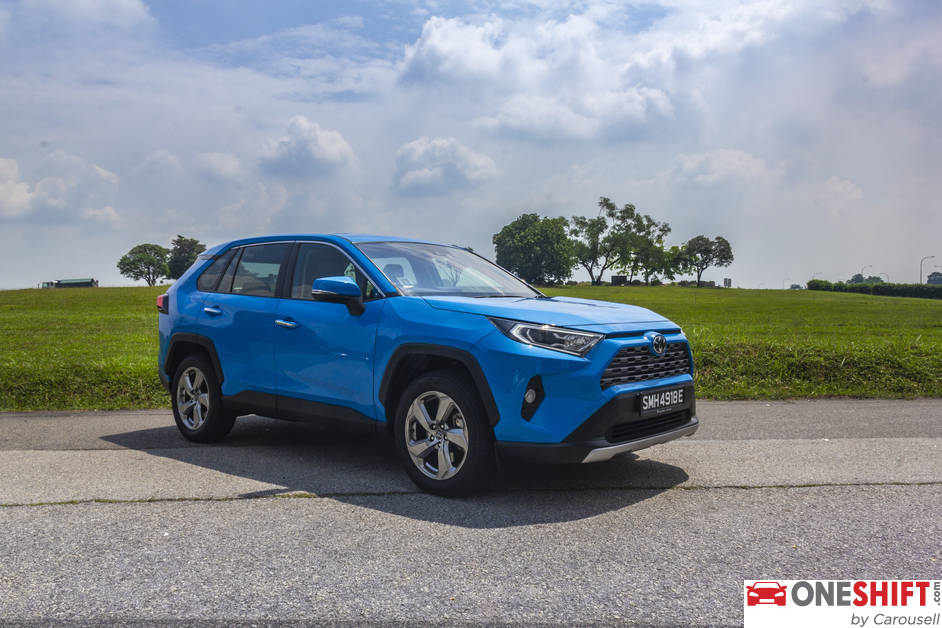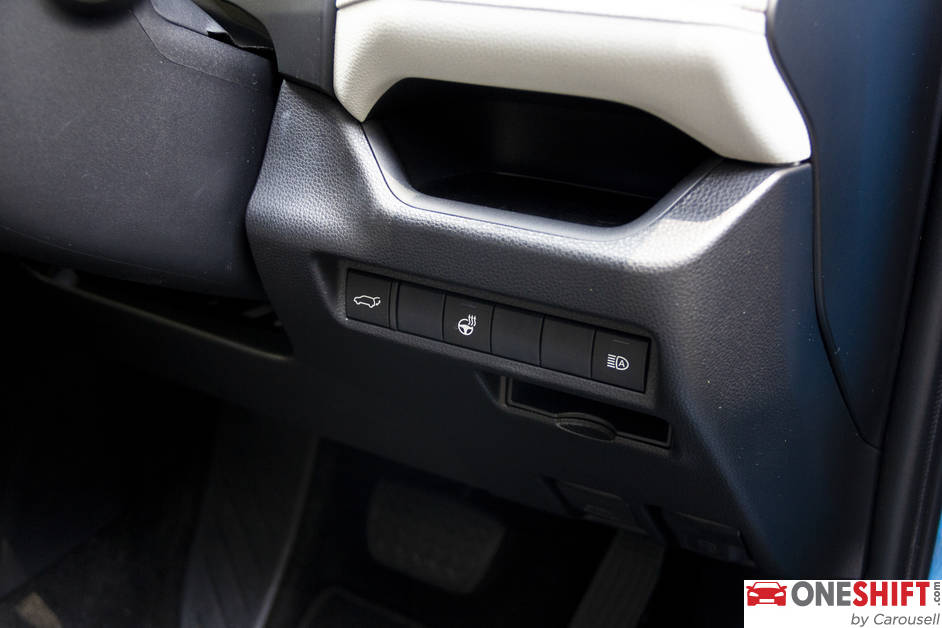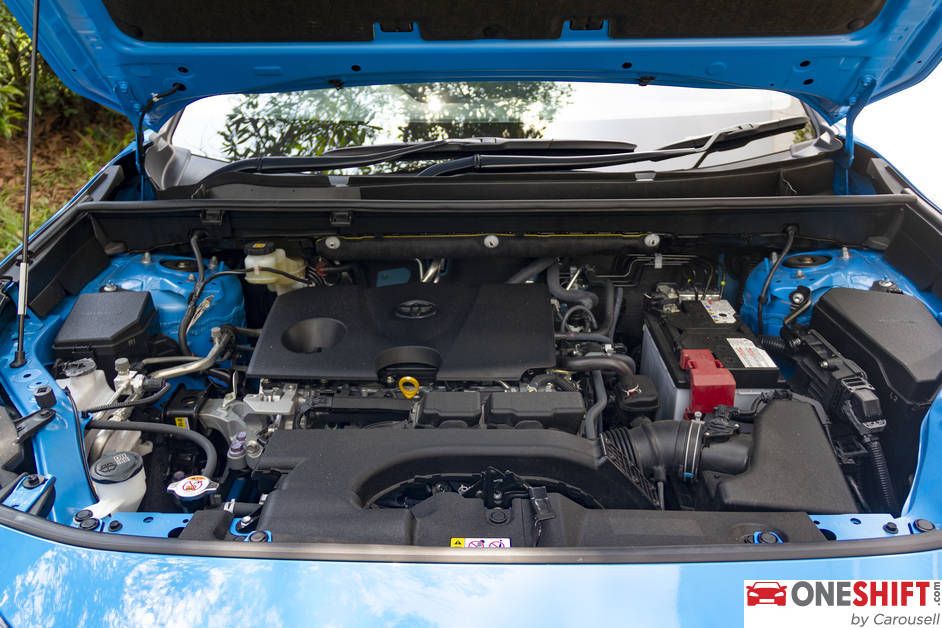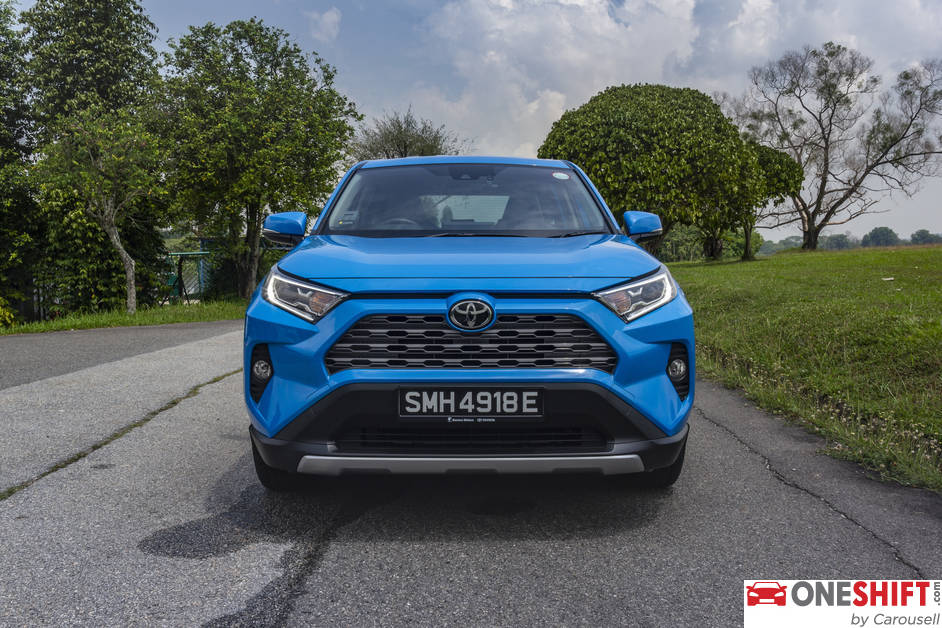RAV and Ready
Way back in the 1990s, compact SUVs were pretty much a non-existent class. SUVs, with perhaps only a few exceptions like the Suzuki Jimny and Vitara, were seen as large, gas-guzzling monsters that prowl the roads of America, or conquer the jungles and deserts of Africa and South America.


Way back in the 1990s, compact SUVs were pretty much a non-existent class. SUVs, with perhaps only a few exceptions like the Suzuki Jimny and Vitara, were seen as large, gas-guzzling monsters that prowl the roads of America, or conquer the jungles and deserts of Africa and South America.

Then Toyota came along and introduced the RAV4 in 1994, and instantly turned the market upside down. Arguably the pioneer of the car-based compact SUV, the RAV4 laid out the blueprint for what was to come in the new millennium. Today, you couldn’t turn a corner without seeing one of the many, many such SUVs on the streets. SUVs are the new ‘cars’ now, and perhaps the RAV4 is to blame.
The original RAV4 was genuinely a small SUV, not even bigger than a Toyota Vios in five-door form. There was also a cool-looking three-door version that measured in at less than 4 metres long. Those compact dimensions meant that the RAV4 quickly earned a reputation as a fun and practical vehicle in both the city and the great outdoors.

As with everything in life, the RAV4 eventually grew up through the years, and 25 years later, we now have the fifth generation RAV4 with us, bigger and more mature than before.
And when we say bigger, we really do mean it. The new RAV4 is a far cry from its compact beginnings, and it feels almost like a mid-sized SUV now. The most significant and obvious growth is in width, where, at 1,855mm, it is wider than even a Camry. It doesn’t look like it in pictures, but in the metal, the new RAV4 strikes one as a pretty imposing vehicle, with its bold-looking grille that sits high up on the front fascia. Chunky design details like the squared-off wheel arches further enhance the car’s rugged looks.

The overall effect is one of a car which looks like it means business, even in the test car’s bright blue (or, according to Toyota, Cyan Metallic) paintwork. This is a no-nonsense SUV alright.

The obvious effect in a growth spurt for a car is interior space, and in the RAV4, you would not be found wanting for room inside. There’s plenty of space for passengers, both front and back, and this extends to the luggage compartment too. With 547 litres of cargo capacity, expendable to 700 litres when the rear seats are folded down, the RAV4 boasts the biggest boot in its class.

For the most part, the RAV4 is also equally generous in its list of equipment. Standout items include a wireless device charger on the centre console, along with a total of three USB charging ports throughout the cabin, electric memory driver’s seat, and a cool digital speedometer in the instrument panel that offers switchable designs that vary according to driving modes. It also scores well on safety features, with items including Pre-Collision Pedestrian and Cyclist Detection, Lane Departure Alert, and Dynamic Radar Cruise Control all present here.

However, there is the one glaring omission that unfortunately stands out: the lack of an infotainment touchscreen. The audio system which sits on top of the dashboard is operated with old-school style buttons and knobs. There is a choice to upgrade the system to include a 9.0-inch screen complete with a reverse camera for an extra $3,000, but in today’s day and age, they should be pretty much standard equipment, especially for a car in this class segment.

It’s a bit of a shame really, because otherwise the RAV4’s interior is a rather decent place to be in, with its generous space and neat features. A sunroof would have been nice too, but that’s just nit-picking really.

Save for a handful of sports cars, Toyotas aren’t really renowned for driving fun. The RAV4 is very clearly on brand with that message, with its overall driving demeanour being more of the safe and inoffensive sort. It satisfy and pleases, rather than excites and thrills.

Power comes from a naturally-aspirated 2.0-litre four-cylinder petrol engine that produces 170bhp and 203Nm of torque, and while those are pretty decent figures outright, you also have to take into account the RAV4’s 1.5 tonne kerb weight. This means acceleration and overall performance is more of the leisurely type, rather than the trailblazing kind.

To be fair though, power is delivered pretty smoothly, partly thanks to its CVT gearbox which betrays little sign of hesitation that is atypical of classic CVTs. It’s only slightly more pronounced when you put the car in Sport mode (selectable via buttons located down by the gear lever), but even that is overcome pretty quickly once you put the throttle down.

In the corners, the RAV4 feels more car-like than large SUV. Handling is pretty poised, and body roll is kept to a minimum, which is a nice surprise for a car of this ilk. The RAV4 scores extremely well in overall refinement, offering a well-cushioned ride and a noticeable lack of noise that should be well-received by families with children.

The RAV4 effectively helped Toyota establish itself in the compact SUV segment well ahead of everyone else, and has undoubtedly been a success for the brand over the years. The new RAV4 looks set to build on that success in what is now an extremely competitive environment, mainly by sticking to its roots of offering a safe and comfortable ride that should appeal to families looking for a practical, no-nonsense quality vehicle to suit their needs. It’s pretty much the very definition of maturity really.
Credits: Ben Chia







- Convenient and Hassle-Free
- Consumer Protection
Transparent Process
With No Obligation


Get the Best Price for your used car
from 500+ dealers in 24 hours







